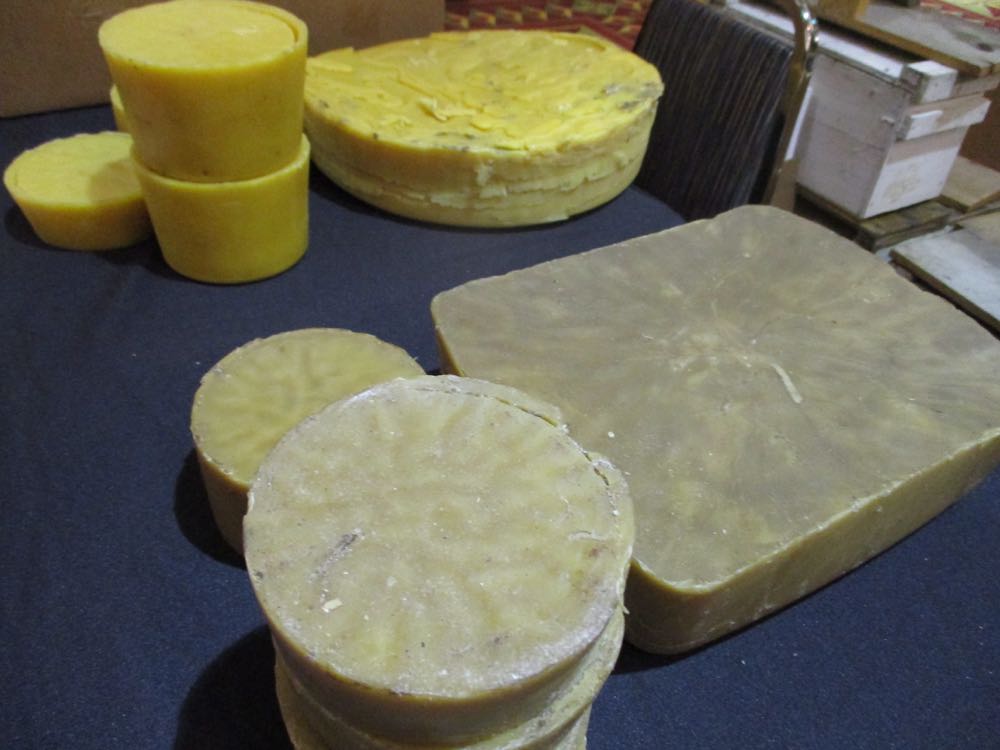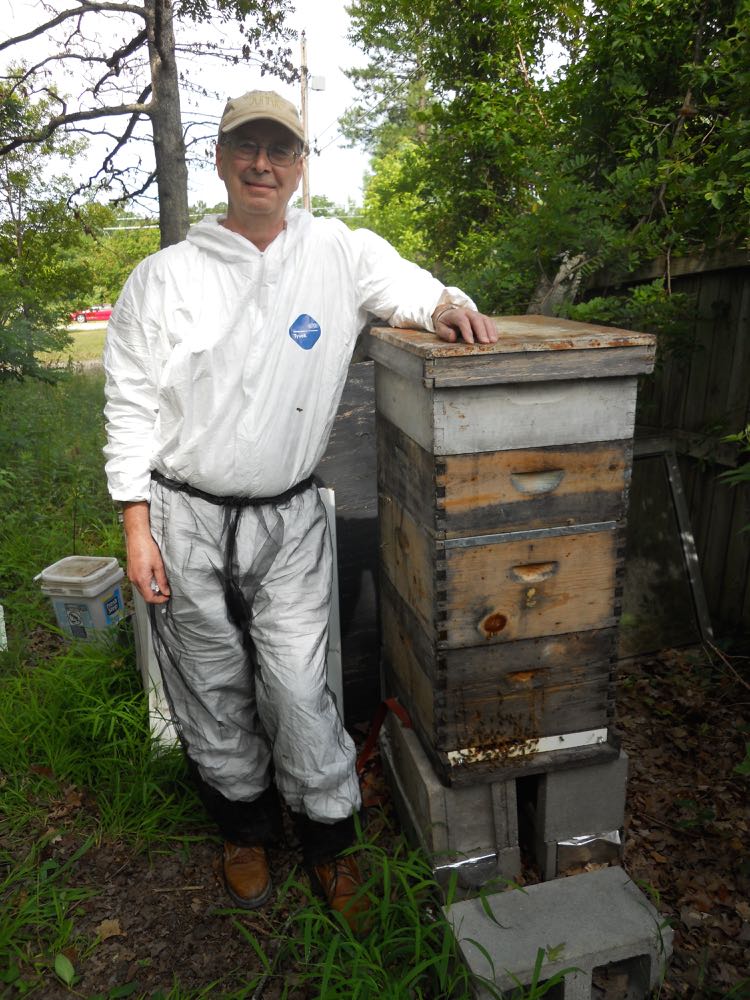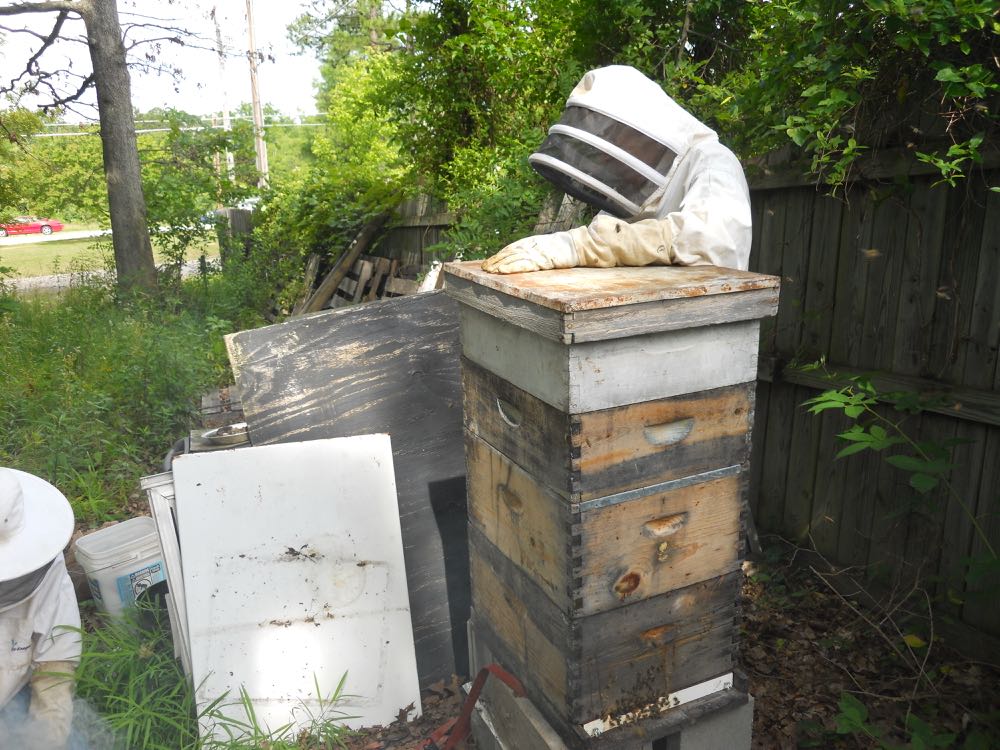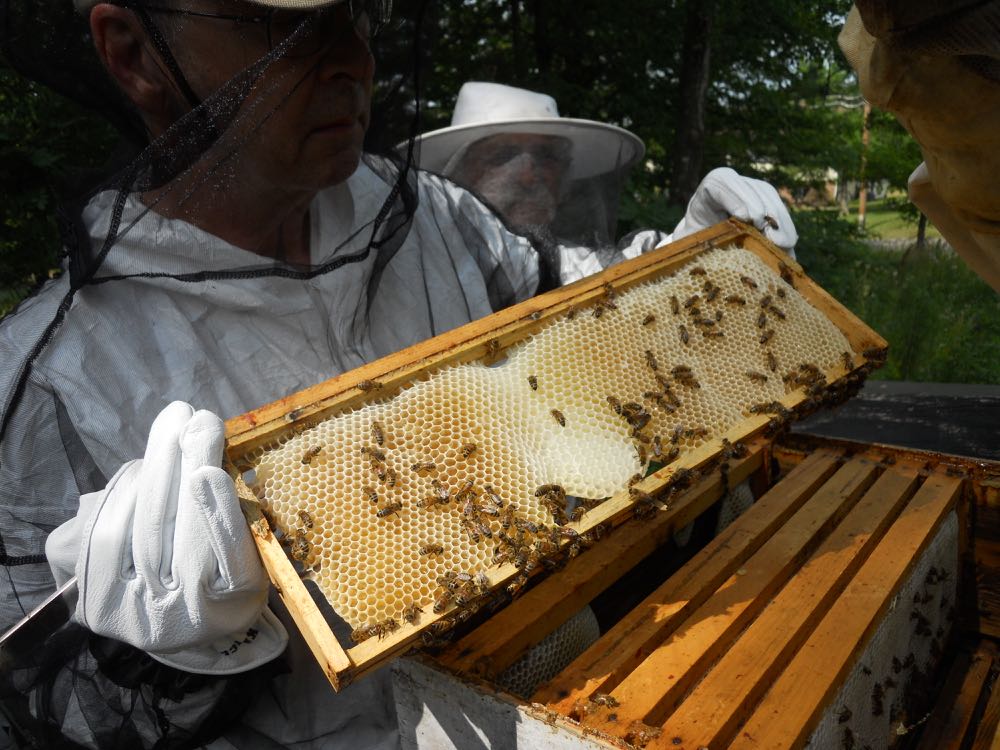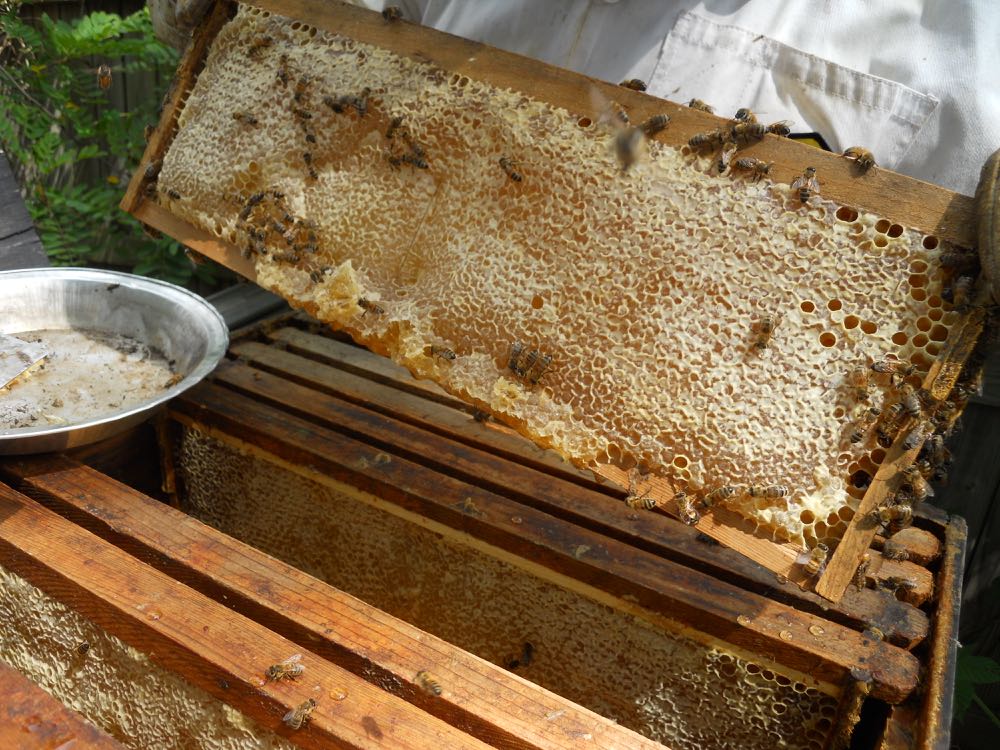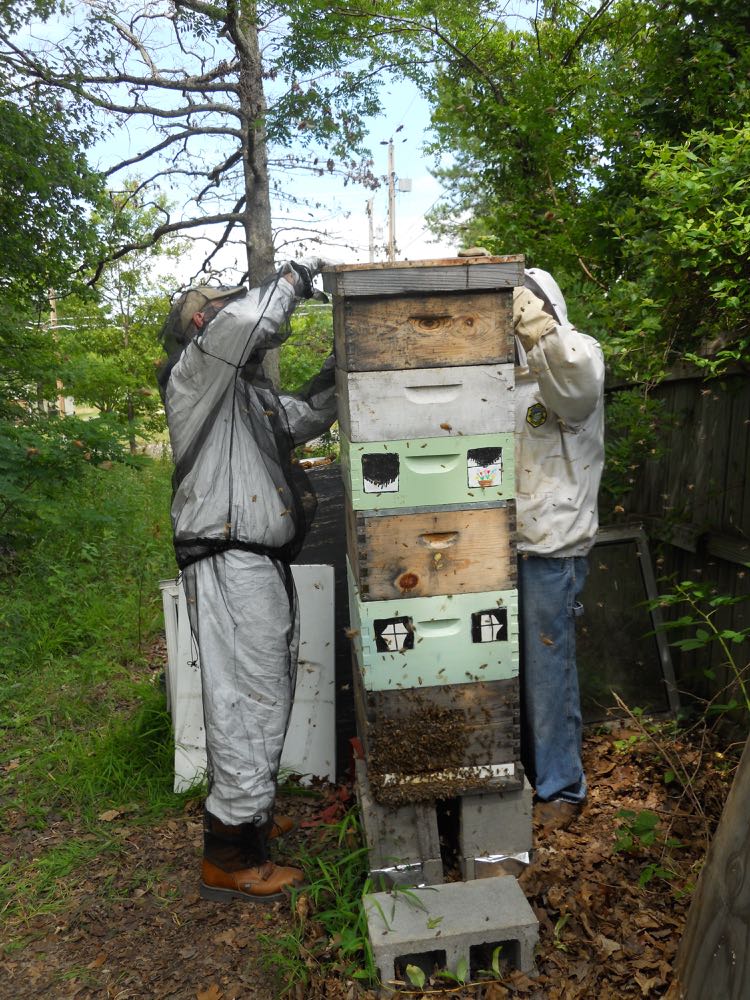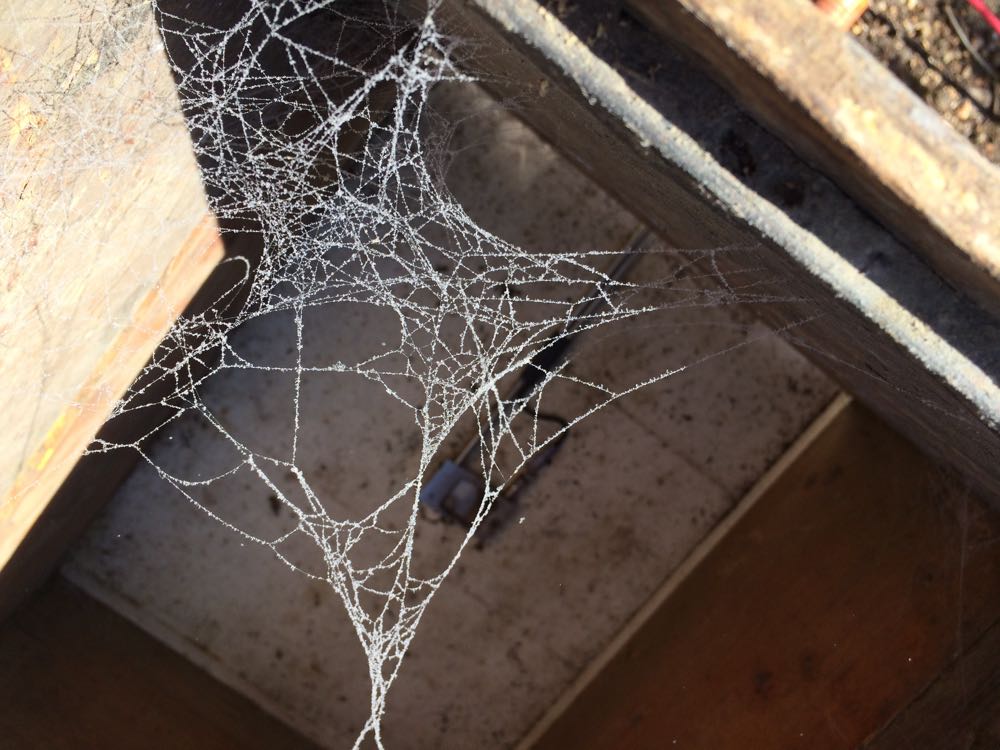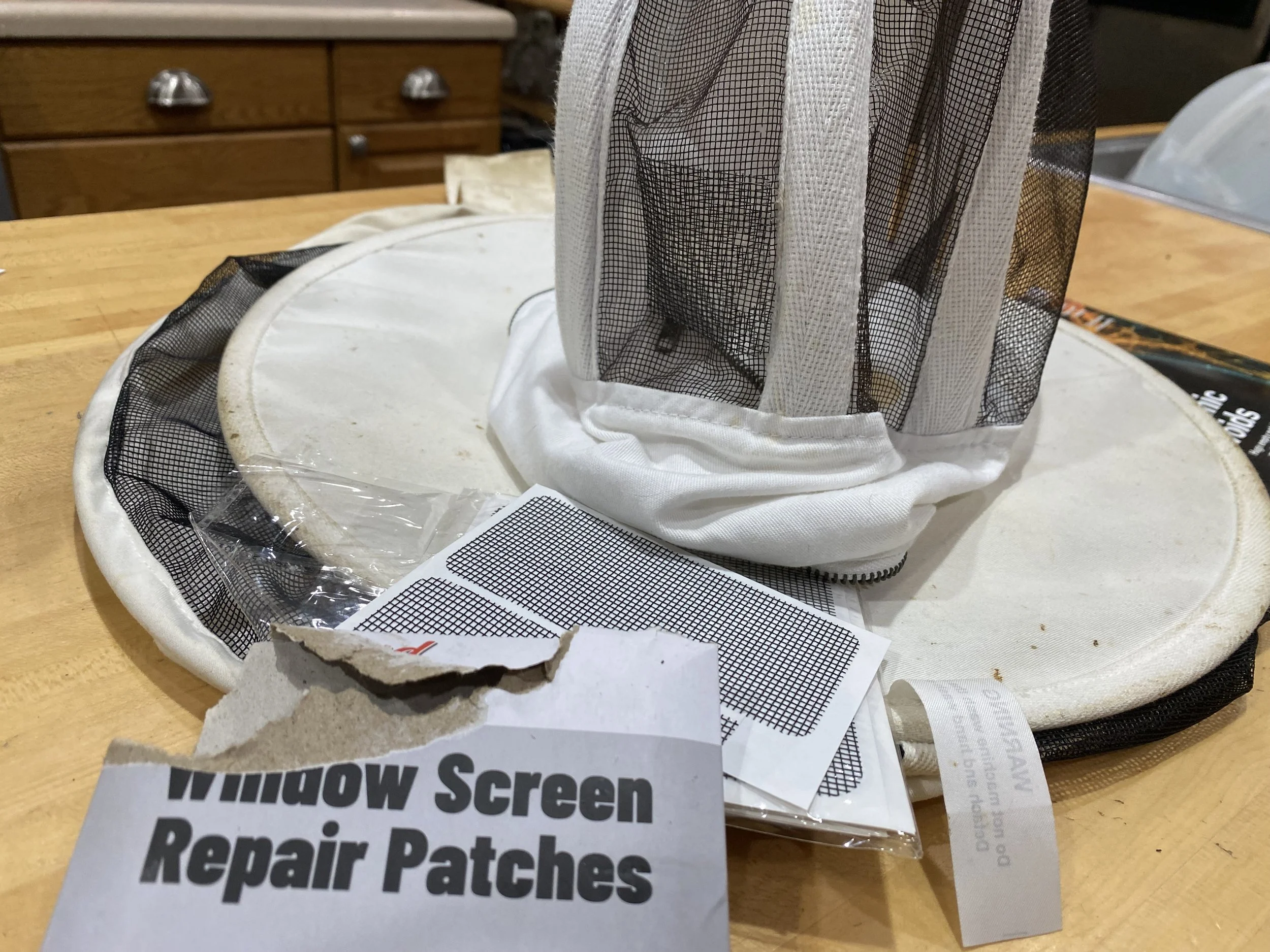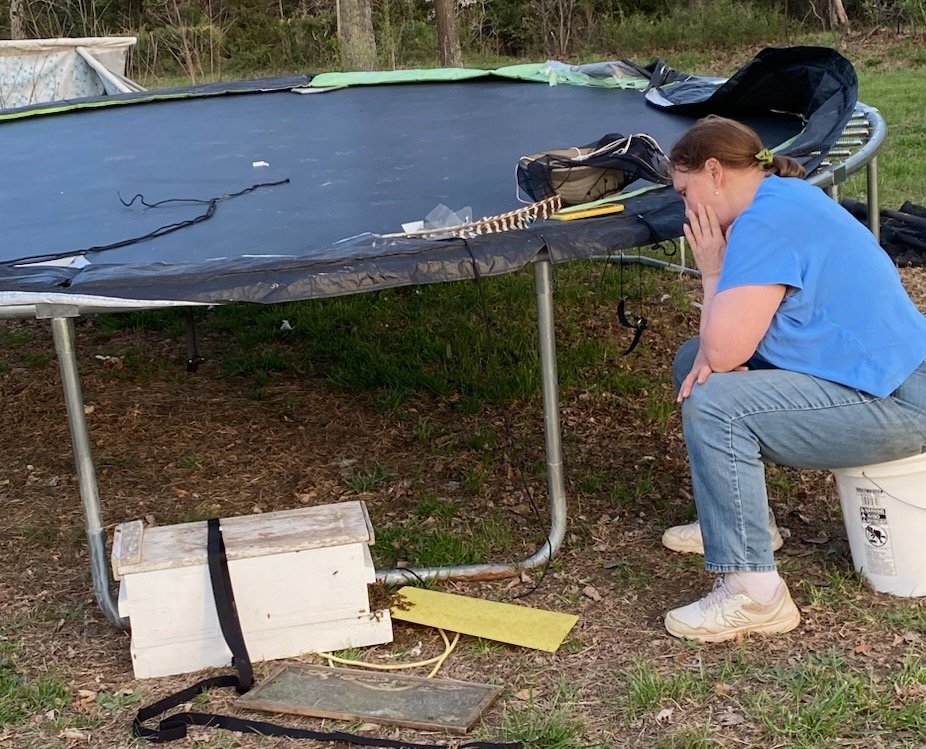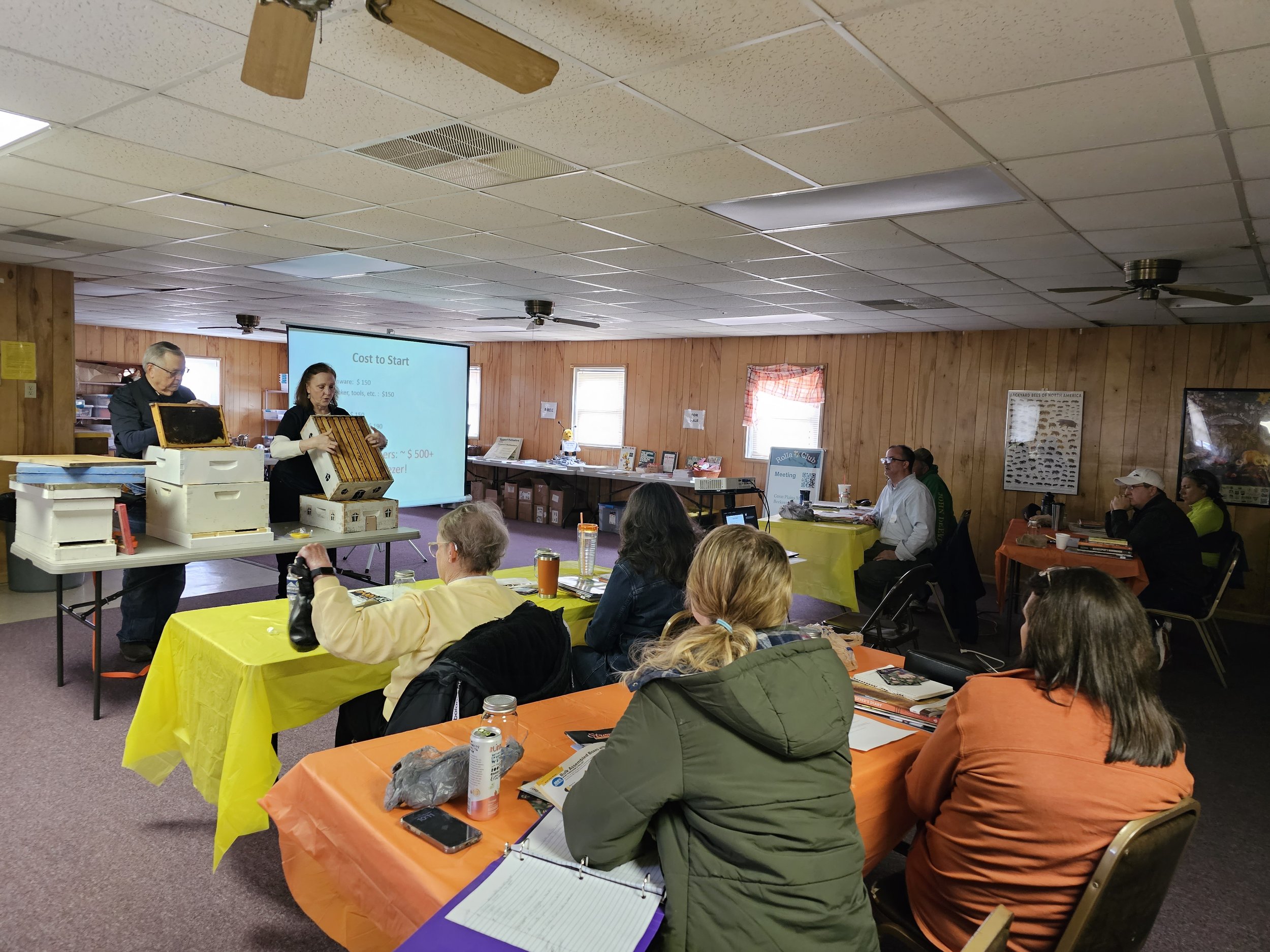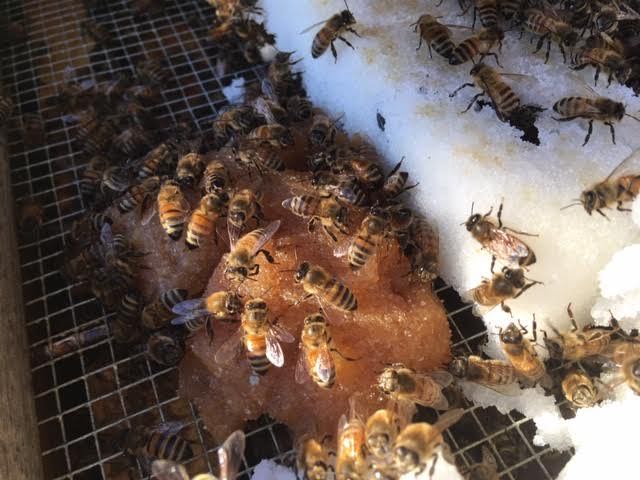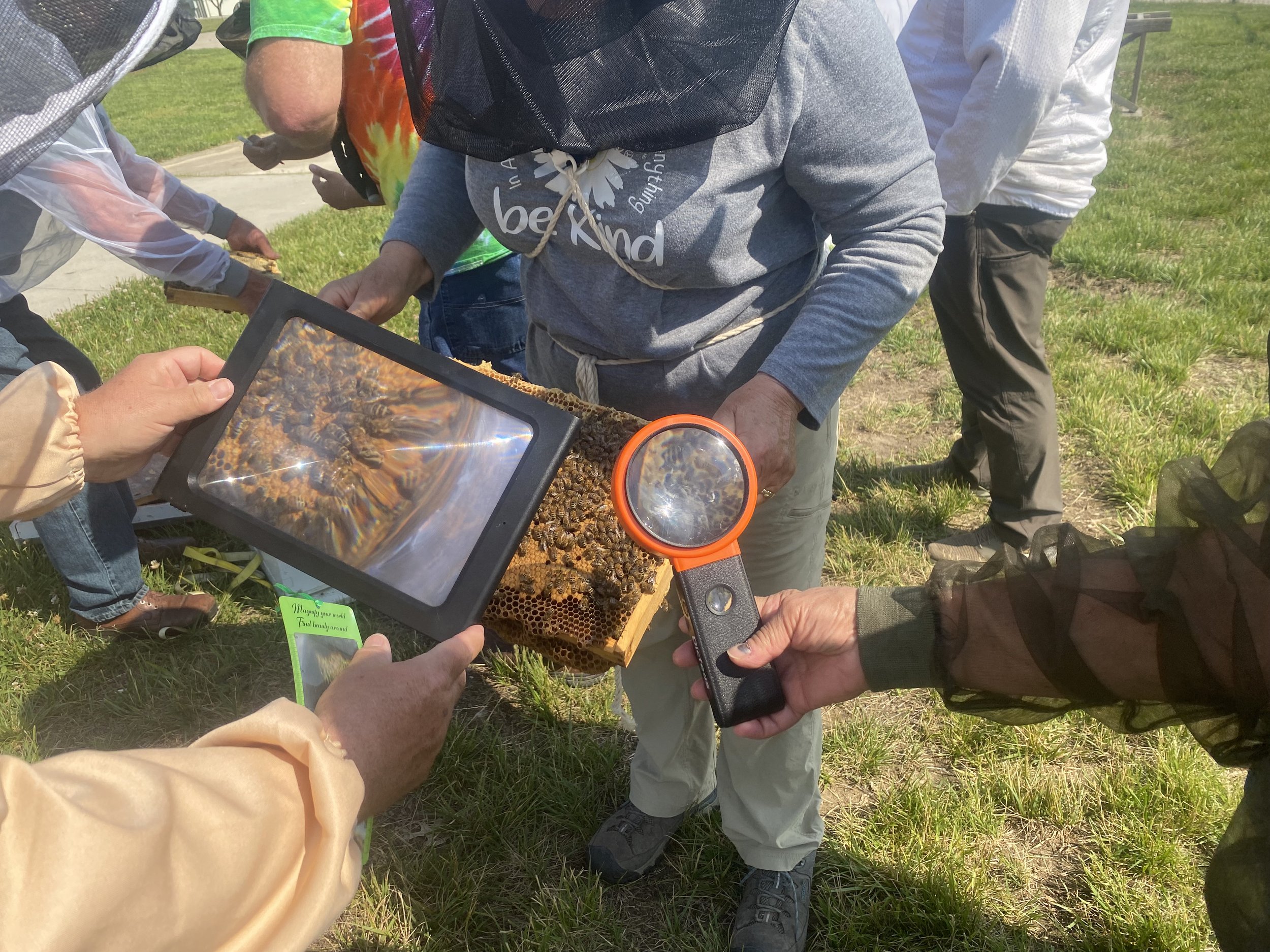Winning Bees Photo
/My photo of some honey bees flying into bird feeder won a second place ribbon at state contest.
Honey Bees Flying Winning Photo
This was a last-minute pick for the 2017 Missouri State Beekeepers Association photo contest. Since it was the first time the photo contest was being held, I tossed in a few of my favorite photos. Being on the Missouri State Beekeepers Association board, I do what I can to help the volunteer board members help Missouri beekeepers.
These honey bees were doing what a lot of bees do this time of year. With the queen bee starting to lay, the foragers are looking for pollen. These found some corn dust in my front bird feeder on a bright sunny day. It was a lucky shot to catch the bees all in focus flying in formation into the feeder.
There will be another photo contest during the March 2-3, 2018 Missouri State Beekeepers Association spring conference in Warrensburg. Here are the photo contest rules:
Missouri State Beekeepers Association Spring Conference March 2-3, 2018 in Warrensburg
1. Photos must depict a beekeeping theme including but not limited to bees, beekeepers, hives,
honey, brood, etc. in the photos.
2. Photos can be in color or black and white. Those that have been digitally altered beyond basic
editing and toning will not be accepted.
3. Limit 3 photos per person
4. Photos must have been taken within the last 2 years
5. Cannot re-enter the same photo used in previous (fall 2017( MSBA Photography Contest
6. Photos must be in printed form. They may be mounted, framed, or in protective plastic sleeve
7. Your name must be on the back or attached to the photo in some way
8. You are responsible for picking your photos up.
For more information, email Erin Mullins: emullins93@gmail.com.
Photos must be entered at the conference site by 11:30 a.m. Friday, March 2, 2018.
So what photos do you have to enter? Have one that will beat mine?
I'd love to see it in Warrensburg!
Charlotte










